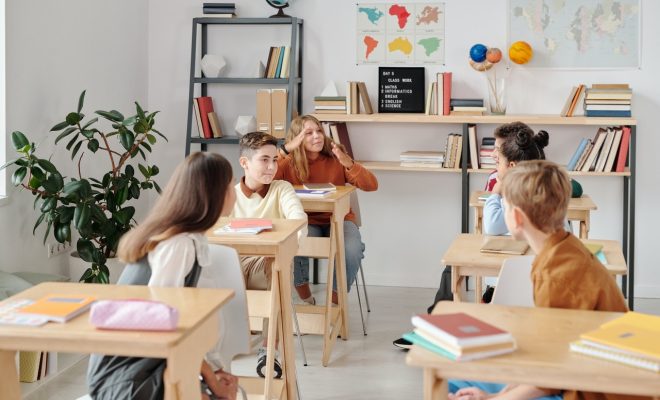Tell/Summarize (literacy skills): Everything You Need to Know

This is the ability to narrate the occurrences in a story, highlighting the essential learning points. To summarize is not only to know the important aspects of a story; a student must also be able to narrate it in such a way that listeners fully understand.
As students learn how to summarize, they’ll be able to determine what the main ideas are and consolidate significant details that support them. They’ll also become proficient in focusing on important phrases and keywords of an assigned text that are worth noting and remembering. With summarizing, students would learn how to take a large selection of text and trim it down to the major points for a more concise understanding.
Students can benefit a lot by mastering summarizing. It will help improve their reading comprehension and facilitate differentiation of fact from opinion. Additionally, it will let them follow arguments, analyze texts, filter main ideas from the details, identify key points, ignore irrelevant information, and understand the theme.
There are different ways to teach students how to summarize fiction and non-fiction. For fiction, teachers can introduce them to an online graphic organizer or story map and ask them to fill in the information of a fictional text they have read. They could even be asked to summarize a chapter of their favorite story. Once students complete it, the teacher can ask them to use it to summarize the fictional text to their classmates verbally.
To summarize non-fiction texts, teachers should encourage their students to use these steps:
· Get a general idea of the topic by skimming the text.
· Delete redundant or unnecessary material.
· Find the text’s main ideas.
· Locate or create a topic sentence.
· Replace general or “umbrella” terms, if suitable (for example, trees instead of pine, maple, teak, and oak).
Teachers should demonstrate how students can use each of the steps mentioned above to summarize a non-fiction text or an informative article. For instance, they can show how crossing out unnecessary sentences could help pull out the text’s central message. Again, marking key phrases and words and looking for signal words like in conclusion, therefore, in summary, etc., can help jot down notes about the central idea. This would also help in finding crucial details essential for supporting the central idea.
Thus, by practicing summarizing, students would better understand the structural features of a summary and improve their comprehension skills.






